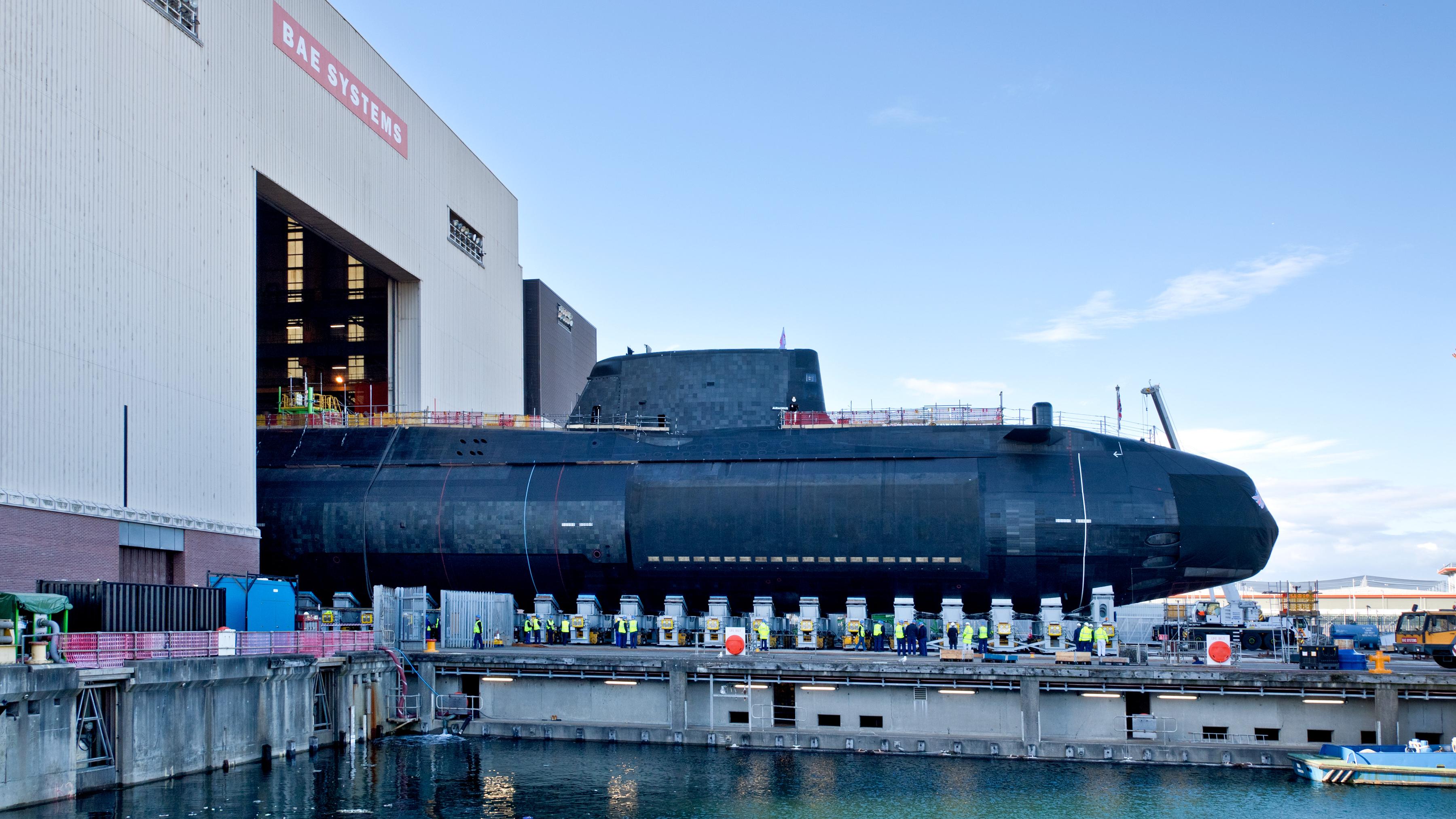
The Australian submarine deal is part of the AUKUS security agreement Washington, Canberra and London, first announced in September 2021.Australia’s acquisition of nuclear submarines will place it in a group of just seven countries that have such vessels, joining the US, Russia, China, the UK, France, and India.Under the plan announced on Monday, the UK and Australia will eventually produce and operate a new class of nuclear-powered submarines - SSN AUKUS - which will be jointly built in both countries and will include the latest US technologies.The previous and only other time was when Washington helped London design its undersea fleet. The submarines deal marks the first time US-derived nuclear submarine technologies have been shared in more than 60 years.The decision set off a diplomatic firestorm with Paris, which has just recently abated with the election of Albanese. Australia had originally planned to buy diesel-powered submarines in a 90 billion Australian dollar ($60bn) deal agreed with France in 2016, but it abruptly scrapped that agreement in 2021 in favour of joining AUKUS.Australia does not have the expertise to build its own nuclear submarines so it had to buy or acquire the ability to build its fleet from either the US or the UK.The majority of submarines in operation currently are conventional diesel-electric models, which are smaller and generally cheaper to maintain.Compared with conventional submarines, nuclear-powered subs are usually larger and need more expensive infrastructure and maintenance.Nuclear-powered subs can stay underwater for far longer than diesel-electric models,” Blaxland wrote in The Conversation earlier this month.įirst transfer of nuclear propulsion technology in six decades To lose stealth is to lose the key advantage of submarines, so something had to give. “Advances in artificial intelligence and persistent surveillance make detection easier to the point where a short ‘snort’ to recharge batteries is detectable. “Australia’s submarines face long transits between ports, let alone to potential distant hot spots,” John Blaxland, professor at the Strategic and Defence Studies Centre, Australian National University, wrote of the country’s current conventional submarines.Nuclear-powered submarines can remain hidden at sea without detection - potentially for years - and are limited primarily by their supplies of food and water for crews.They generate steam using an onboard nuclear reactor which is used to turn the vessel’s turbines. Nuclear-powered submarines generate their own energy source - nuclear propulsion technology - and are not as constrained by the need to refuel as diesel-electric subs.

When a submarine emerges from the deep and surfaces, it is easier to detect, diminishing its effectiveness as a weapon of stealth.But those engines require fuel to operate, which necessitates that the submarines resurface regularly for refuelling. Diesel-electric submarines involve diesel engines that power electric motors to propel the vessels through the water.Submarines can either be diesel-electric or nuclear-powered and either type can be used to launch nuclear warheads, though Biden also stressed on Monday while announcing the deal that the Australian submarines will not have nuclear weapons on board.So why does Australia want nuclear-powered submarines, and what is involved in the deal? A US Virginia-class attack submarine in dry dock in Virginia, the US, in 2014 Why nuclear-powered submarines? The submarine agreement is part of what is known as the AUKUS pact - an acronym for Australia, the UK and the US - a security agreement that was announced in 2021 by the three countries and seen as a counterweight to China’s growing military presence in the Asia Pacific.Īcquiring nuclear-powered submarines under the AUKUS pact is expected to be Australia’s biggest-ever defence project and the acquisition has been described by the Australian prime minister as “the single biggest leap” in the history of his country’s defence capabilities.īeijing has made no secret of its opposition to AUKUS and said this month that it “firmly objects” to the pact, accusing the three countries of harbouring a “Cold War mentality” that risks greater escalation in the region.Īustralia has stressed that though their new submarines will be nuclear-powered, that does not mean they will be carrying nuclear warheads. Under the deal, Australia will buy three US Virginia-class nuclear-powered submarines from the US by the early 2030s and has an option to buy two additional vessels if required. United States President Joe Biden, Australian Prime Minister Anthony Albanese and United Kingdom Prime Minister Rishi Sunak have unveiled a plan that will see Australia acquire nuclear-powered submarines, allowing the country to become only the seventh in the world with such military technology.


 0 kommentar(er)
0 kommentar(er)
